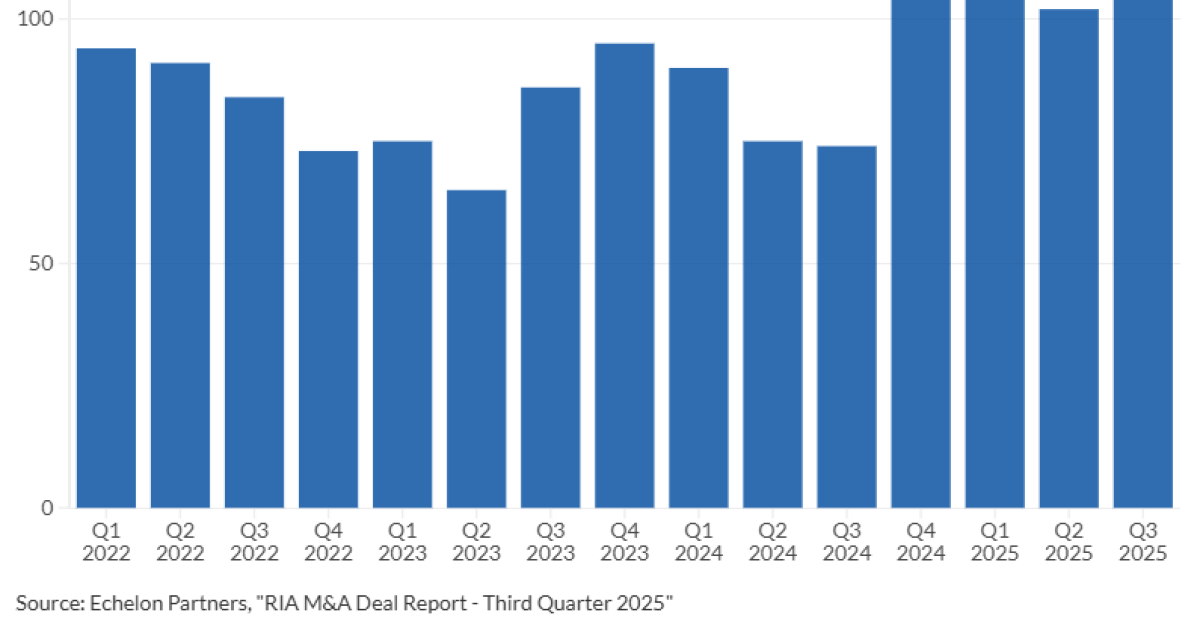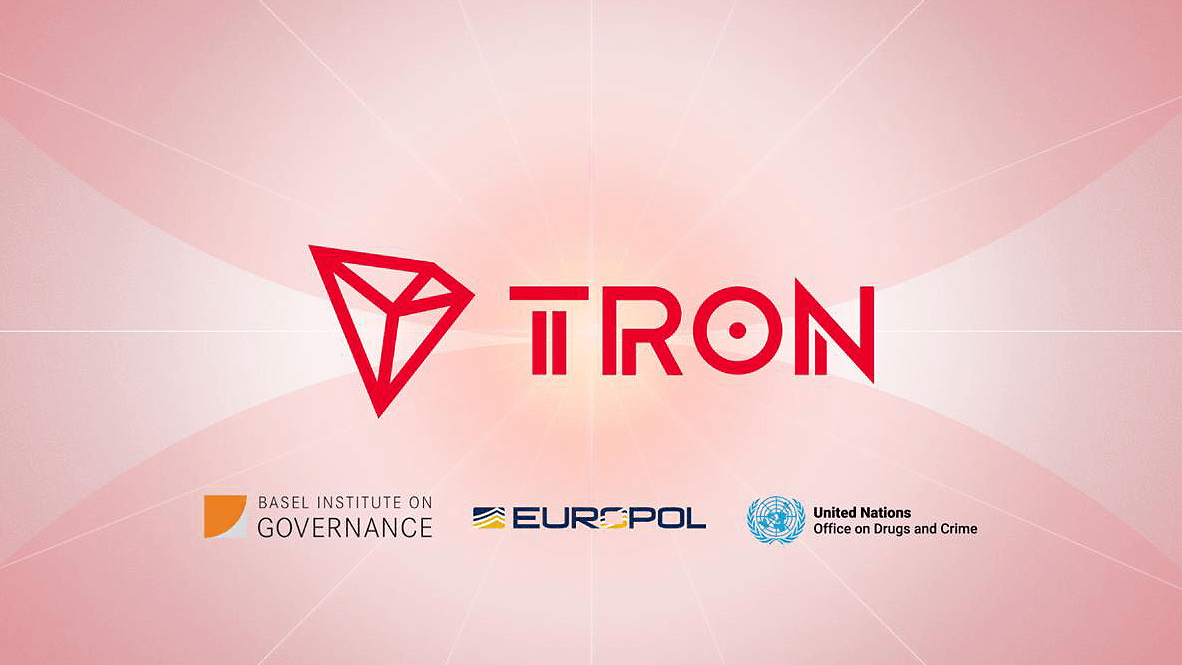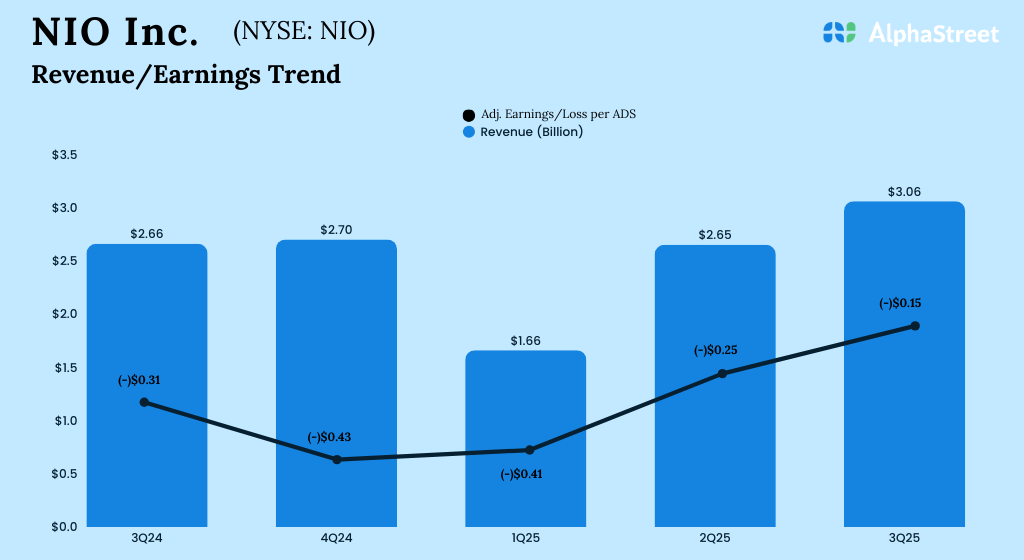Oasis Group CEO John O’Connell had just used AI to run an analysis meant to help hypothetical clients decide if they should sell their stock in the software giant Oracle.
Then the founder of the large fintech consulting firm wanted to take it a step further.
Delivering a talk on “AI in Action” at the first day of Financial Planning’s ADVISE AI conference in Las Vegas, O’Connell tapped Perplexity AI to produce a report on Oracle’s stock that would be comparable to one that might come from a chartered financial analyst. (Obtaining a CFA requires passing three exams and logging at least 4,000 hours of qualifying work experience.)
After Perplexity helped him write a query, O’Connell fed the prompt and Oracle quarterly earnings report into the large language model. Within seconds, it spat out a 20-plus-page report replete with charts and commonly cited data such as net income margins, earnings per share and return on assets, as well as an executive summary laying out the for and against cases for selling Oracle stock.
“How many people in the room think that that analysis would take you more than three or four hours?” O’Connell said. “Actually, if it’s three or four hours, you’re really good. This analysis is generated here now in just a few minutes.”
Financial plans, web pages and Monte Carlo simulations
It was just one of several demonstrations O’Connell made during his 40-minute presentation. On stage, he showed how widely available large language models like Perplexity, OpenAI’s ChatGPT and Anthropic’s Claude can be used to whip up — within seconds or minutes — not only a detailed stock analysis but also a full financial plan, a client-facing web page and a “Monte Carlo simulation” to help a hypothetical couple decide when they should retire.
The results were greeted by some in the advisor-heavy audience as “scary,” but the AI output also came with caveats about limitations.
O’Connell uncovered shortcomings immediately by simply asking Perplexity how sure it was of its financial analysis of Oracle stock. The system responded by saying it had moderate confidence and then suggested ways he might have improved his prompt, such as including historical data on Oracle’s performance.
Also, did it ever answer the hypothetical client’s question about selling stock?
“No, but it probably gives you a lot more information than you need to then get on the phone with the client and explain, ‘This would be a good time for you to take a look at reducing that Oracle position, or reduce the concentration, or it’s a bad time for you to do it,'” said O’Connell, who worked for Oracle for eight years before founding Oasis Group.
Hallucinations and biases
O’Connell’s talk (subtitled “transforming wealth management from portfolio design to client proposals”) struck on a common theme at ADVISE AI: The need to keep human beings “in the loop.” In a keynote address earlier in the day, self-professed chief planning nerd and Kitces.com founder Michael Kitces said that the potential harm that could be caused by bad advice is just too great for advisors to leave things like investment recommendations entirely to artificial intelligence.
“If I’m still involved, at least I can make sure nothing bad happens,” Kitces said.
O’Connell also touched on common concerns about AI-introduced biases and “hallucinations.” Large language models can have a distorting bias, for instance, if they are given a large amount of data about clients who are in their 60s and looking to retire and then asked to apply it to people in their 40s also making retirement plans.
“It’s going to skew towards your existing client base in their 60s,” O’Connell said. “You’ve created an AI bias.”
O’Connell said AI systems tend to “hallucinate” — or make up information — when they haven’t been provided with enough data to provide an accurate answer. With a dearth of clean data, AI systems will often make assumptions in order to provide a convincing response to a query.
That tendency can be helpful when an advisor is trying to make a rough draft of a financial plan or is otherwise seeking to test out AI’s capabilities. In one of his demos, O’Connell used OpenAI’s GPT-5 to draw up the sort of financial plan that might be produced by holders of the certified financial professional mark, generally considered the gold standard in wealth management.
When CFPs devise a full financial plan for clients, they have to collect 60 points of personal information. O’Connell showed how the large language model Claude could be used to write up HTML code for a web page containing fields designed to collect financial data on clients’ incomes, ages, desired date of retirement and similar matters.
At times, though, some information will be difficult or even impossible to uncover. That’s not necessarily a problem for AI.
“It will make assumptions on the remaining information that you are missing from the financial plan,” O’Connell said. “Those assumptions could be capital market assumptions. They could be investment-mix assumptions, on your basic 60/40 type of portfolio.”
The resulting plan will at least provide a starting point for conversations with clients. Among other things, it can say: “Here’s your executive summary, here’s your current financial position, here’s your comprehensive scenario analysis — so if you work longer, delay Social Security, combine early retirement, reduce your spending … this will all be generated from that one prompt,” O’Connell said.
Yes, AI financial planning results are fast, but …
Any talk of assumptions, let alone hallucinations, is enough to stir unease in the hearts of many financial advisors. Michael Bisaro, the president and CEO of the RIA StraightLine in Troy, Michigan, said his firm now uses the software MoneyGuide Pro to run analyses of clients’ financial situations and help provide answers to various planning questions. If the system has its own biases, Bisaro said, at least he and his colleagues have worked with it long enough to know what they are.
What’s more, those biases are consistent, meaning they don’t change depending on how an advisor couches a particular question or proposes a hypothetical financial scenario. One deficiency in AI, Bisaro said, is that it will often provide different responses to essentially the same query while offering very little insight into why the change happened.
“There were examples today of stock analysis, there were examples of financial plans,” Bisaro said. “But if there are inconsistencies with that, especially if you’re doing it more and more, or you’re doing it with multiple people, are those inconsistencies creeping in in a way that might affect the outcomes?”
Bisaro said one of the big promises of AI is obviously to save advisors time.
“However, I think the amount of time that you could save in generating these documents might be repurposed towards checking their accuracy on the back end,” he said.
O’Connell was the first to acknowledge that none of the plans and reports he produced at dazzling speed on Tuesday was ready to be placed unedited before clients. He, like many others at ADVISE AI, said large language models and similar systems are excellent at producing first drafts that then require editing and modification by someone with the expertise of a financial planner.
“So if you are trying to run a financial plan for the 20-somethings or the 30-somethings that are still in the wealth accumulation phase, they don’t have a lot of complication associated with their financial planning at this point, this can save you an incredible amount of time in just generating the initial thoughts on the plan,” O’Connell said. “But do I think you should put this directly in front of your client? Absolutely not. The reason I say that is you need a human in the loop. You have to have the human in the loop to avoid certain things called AI biases and hallucinations.”



























